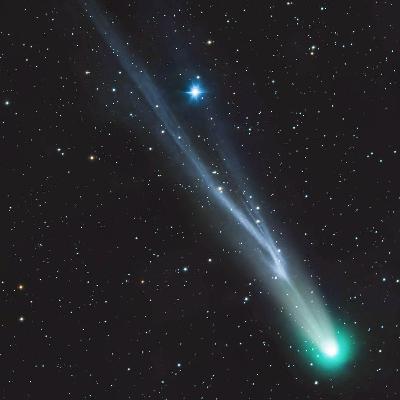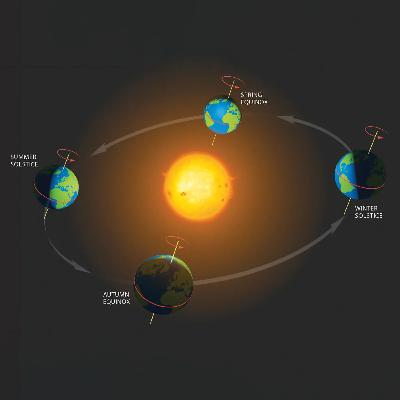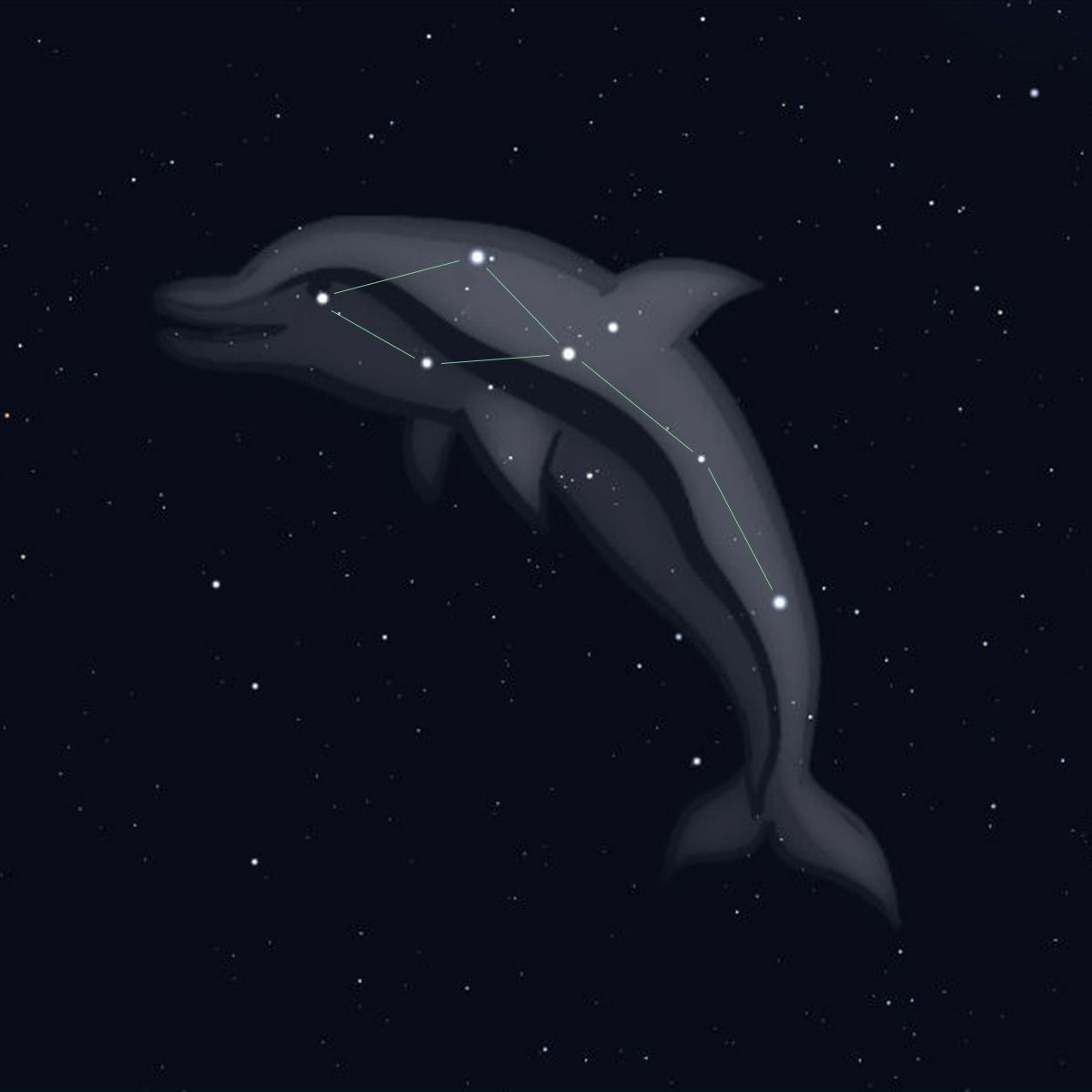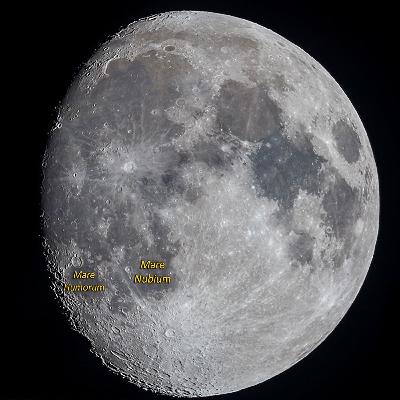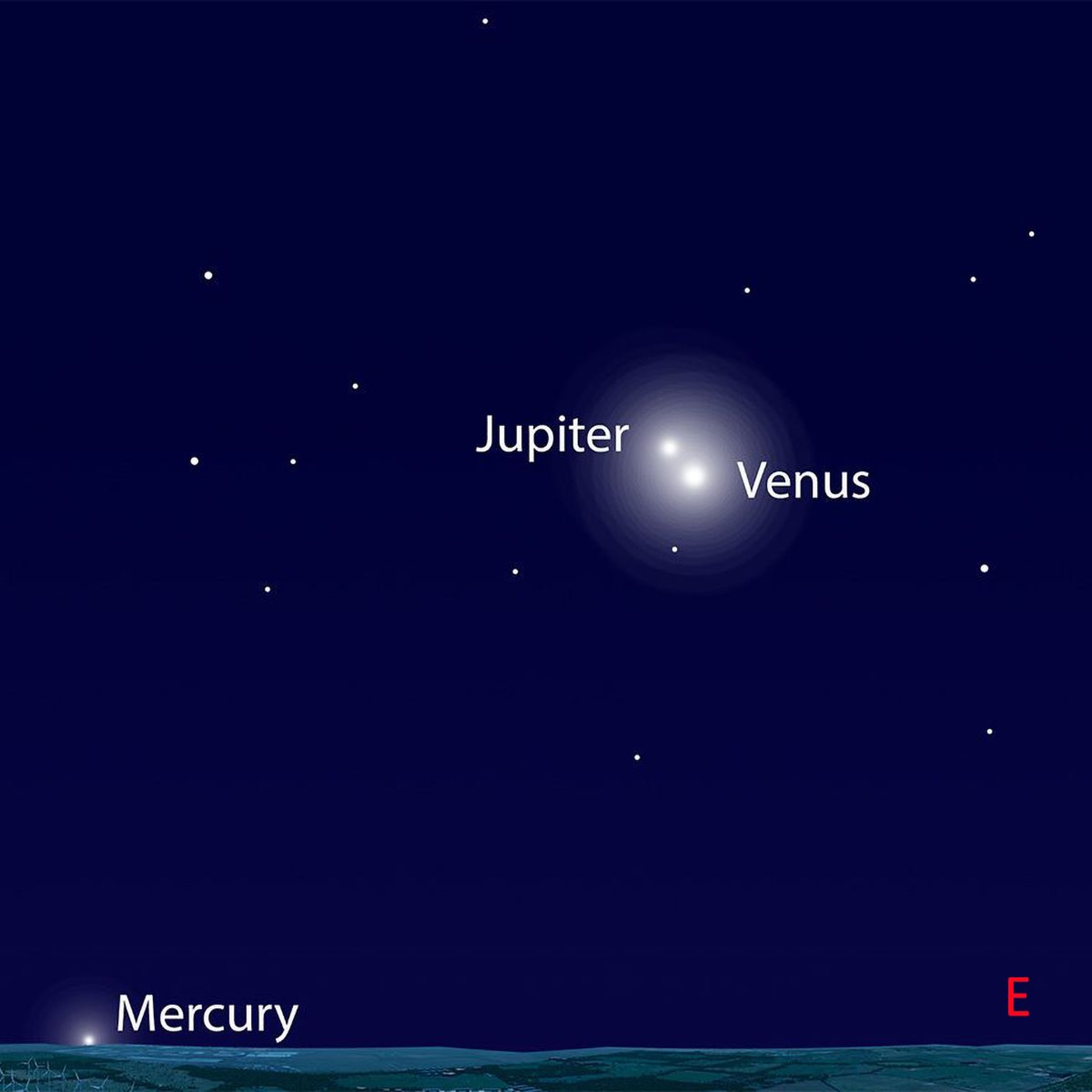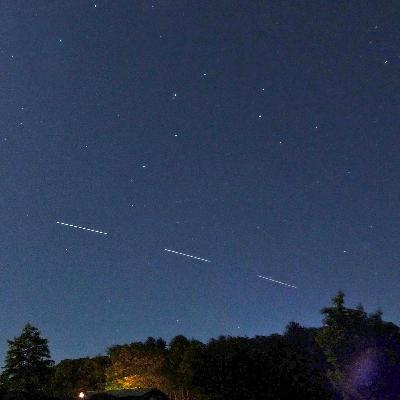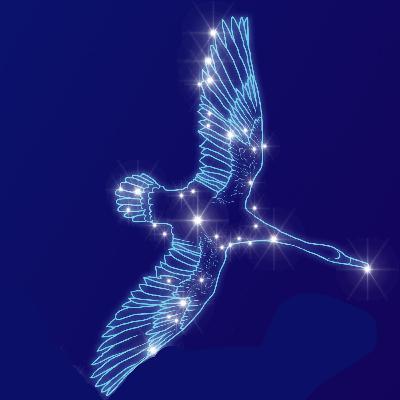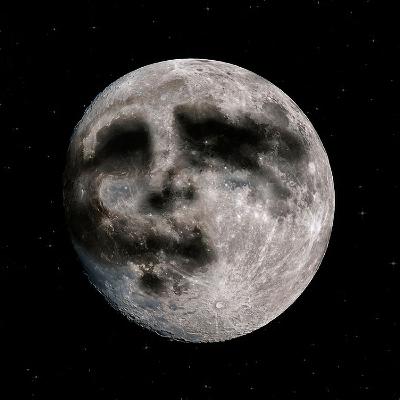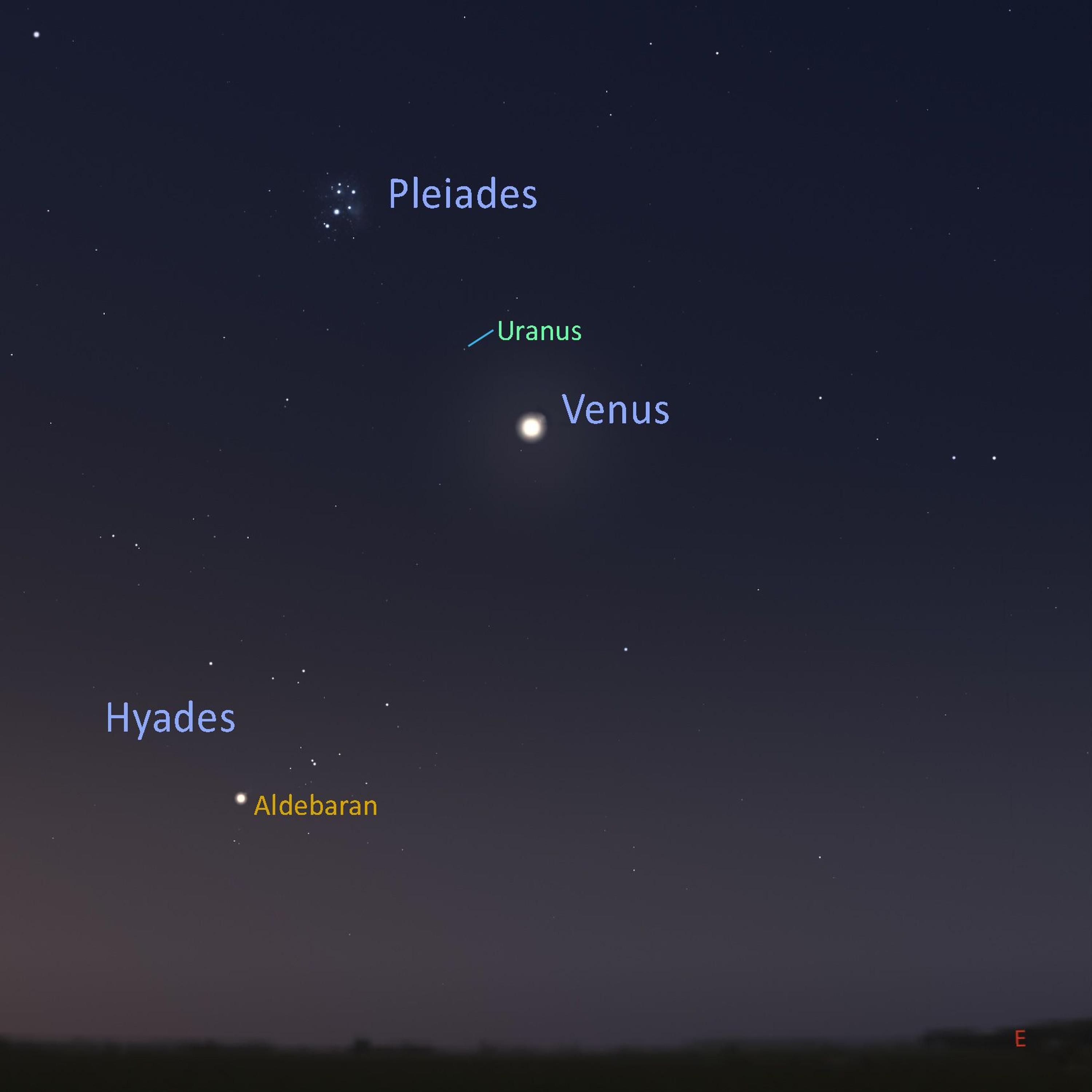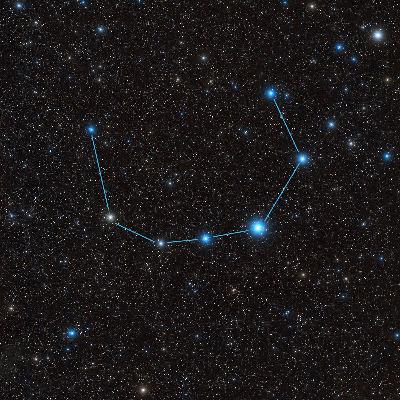Discover Backyard Astronomer - Delta College Public Radio
Backyard Astronomer - Delta College Public Radio

Backyard Astronomer - Delta College Public Radio
Author: Delta College Public Radio
Subscribed: 49Played: 1,142Subscribe
Share
© All rights reserved
Description
Mike Murray from the Delta College Planetarium takes a look at what's up in the night sky. Things are happening all the time in the backyard universe, and many of them don't require a telescope to see and enjoy.
383 Episodes
Reverse
The media buzz is growing about what could be a bright comet gracing our skies this month. It’s called Comet Lemmon, for the observatory in Arizona that discovered it, and astronomers have been eagerly anticipating its approach for many weeks.
Support this podcast and others like it:
https://www.deltabroadcasting.org/donate/
Each year in late October, our planet crosses the orbit of Halley’s Comet, sweeping up millions of little bits of ice and dust to create the Orionid Meteor Shower.
Support this podcast: https://www.deltabroadcasting.org/donate/
After the Full Hunter's Moon of October 7, the sunlit portion of the Moon will begin to shrink. This is because the Moon rises about thirty minutes later each night, putting it at a closer angle to the sun as it gradually passes into the morning sky.
Support this podcast:
https://www.deltabroadcasting.org/donate/
Friday, Oct. 3 is when the Delta College Planetarium in Bay City will celebrate this year’s International Observe the Moon Night.
This year, the September equinox arrives on the 22nd which marks the first day of fall for the northern hemisphere. For everyone north of the equator, the days will become shorter as we move into autumn.
The Summer Triangle is a useful guidepost to many constellations. A popular little pattern among stargazers is Delphinus the Dolphin.
Away from city lights and bright moonlight, this is the time of year to see the faint band of the Milky Way stretching right over the top of the sky. The Summer Milky Way is brighter and wider than its winter counterpart because this is when we're looking more toward the center of our galaxy.
All this week, the phase of the moon grows larger and brighter as it advances from first quarter toward full. This is a good time to see the dark round plains called “maria,” and bright splashes of lighter material called “rays.”
By now you may have heard the buzz about an object entering our solar system from interstellar space. The newly discovered object 3I/ATLAS – found on July 1st – is likely the oldest comet we’ve ever seen.
From late August through September, Sagittarius the Archer will appear low in the south at evening twilight as a "teapot" shape of stars.
From late July to late August, the zodiacal constellation of Scorpius the Scorpion scrapes the southern horizon at the end of dusk.
About 90 minutes before sunrise, look low in the east-northeast for two brilliant stars above the horizon. But they're not stars at all. They're Venus and Jupiter!
This week is a good time to watch the dark round plains called “maria” become lit with sunlight in the eastern section of the moon.
Of all the things that move among the stars, earth orbiting satellites can be quite common to see. During the few hours after sunset or before sunrise, literally dozens of satellites can be seen as faint, slowly-moving dots.
The northernmost star in the Summer Triangle is Deneb, which marks the tail of Cygnus the Swan.
Why do people see faces in the Moon? And what actually causes these lunar features?
About 90 minutes before sunrise, look low in the east for the brightest point in the pre-dawn sky. It’s the planet Venus, and there’s a feast of celestial wonders nearby to look for this week!
There’s a whole spectrum of star colors glittering up there, from cool red stars to middle-range yellow stars to hot blue-white stars.
During the month of June, about 90 minutes after sunset, look high in the east, almost overhead for a faint semi-circular pattern of stars. This is the constellation of Corona Borealis, the Northern Crown.
The June full moon or "Strawberry Moon" marks the lowest path the full moon takes across the sky during the year.


